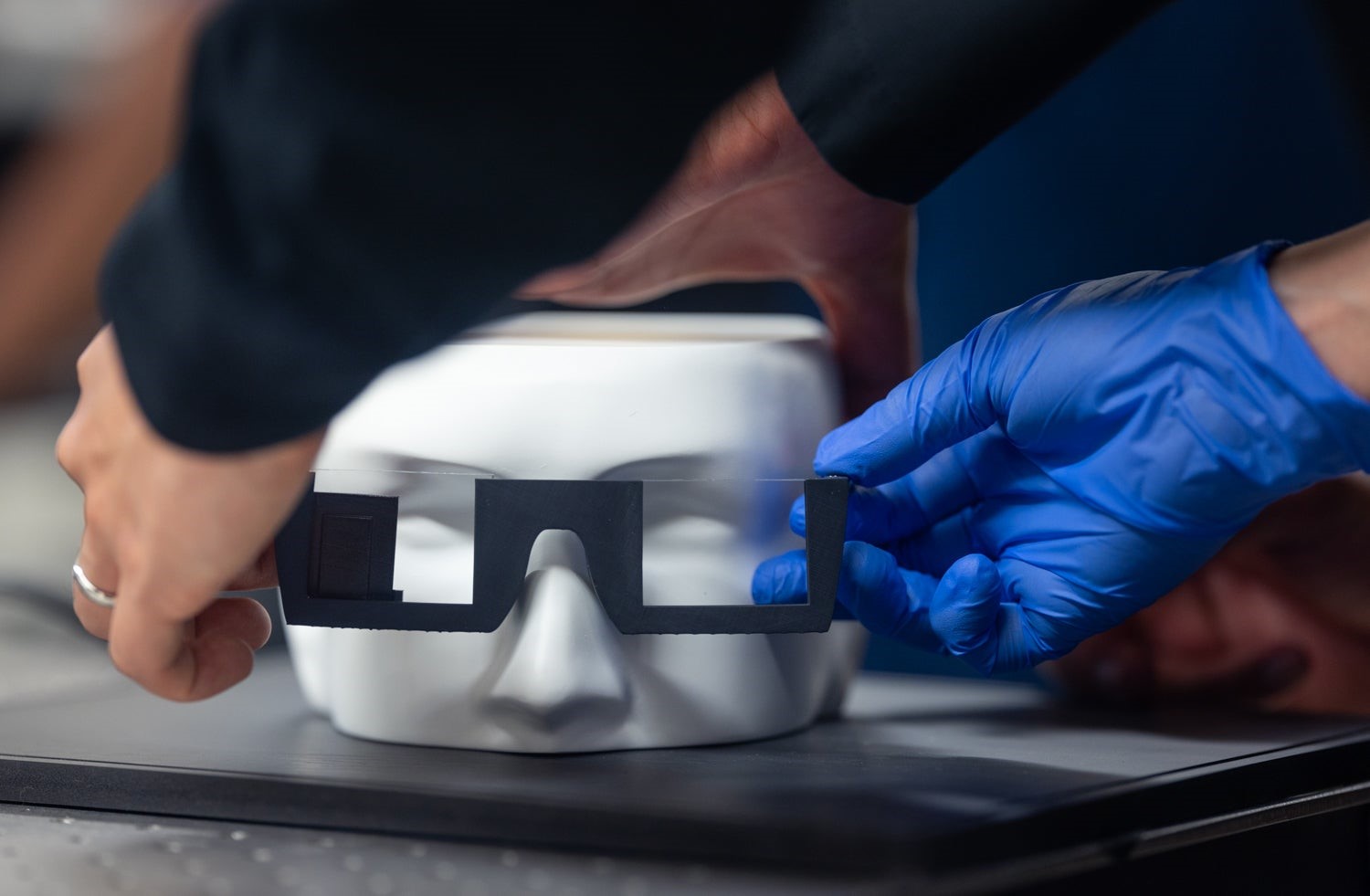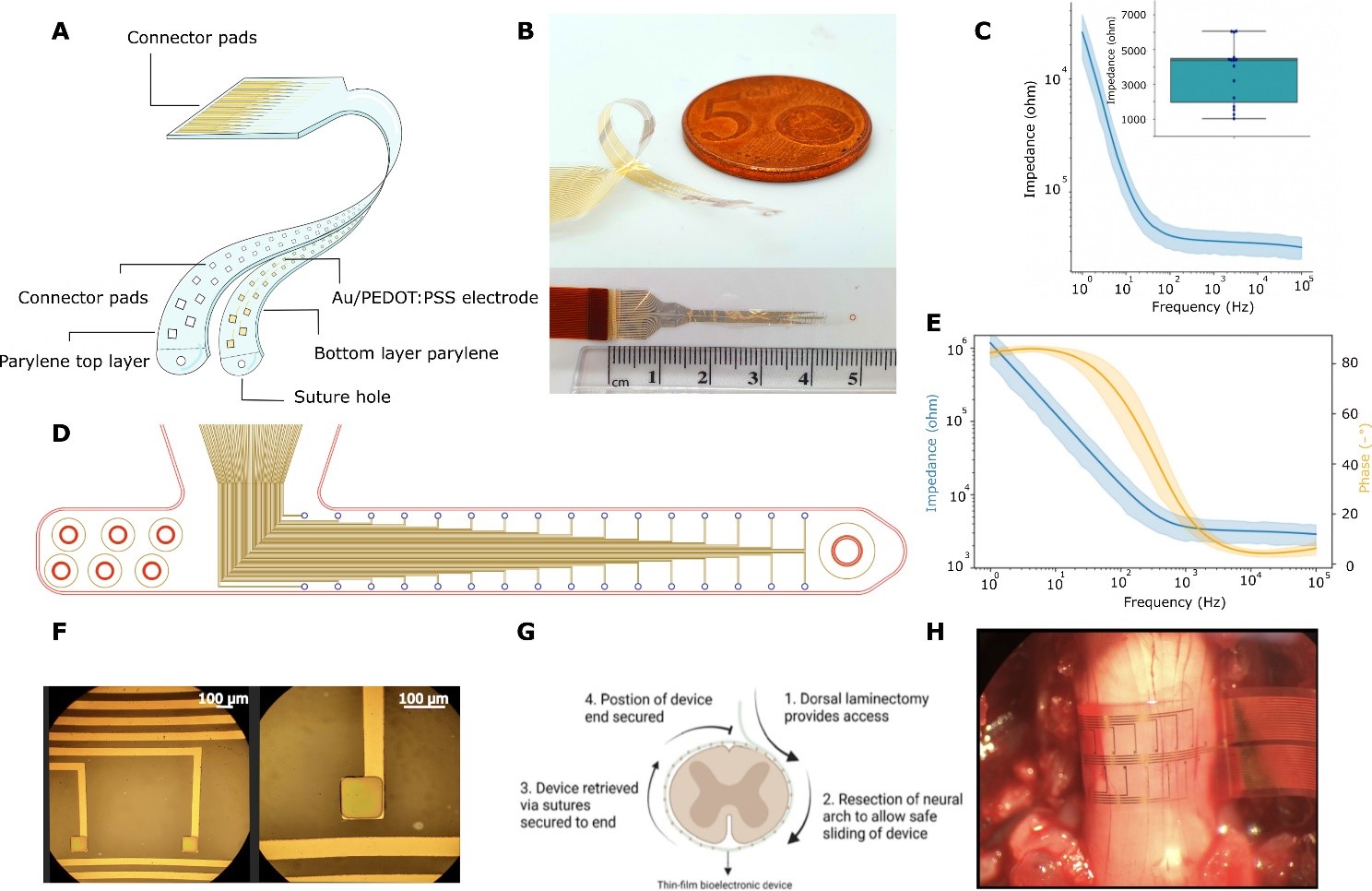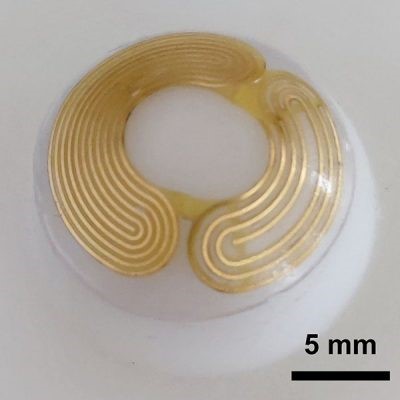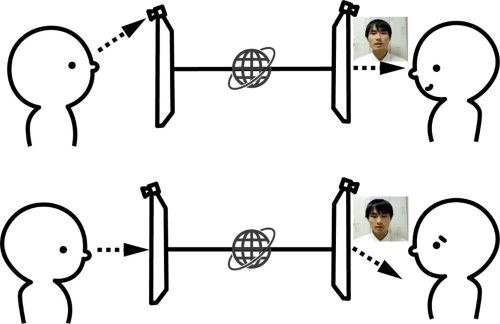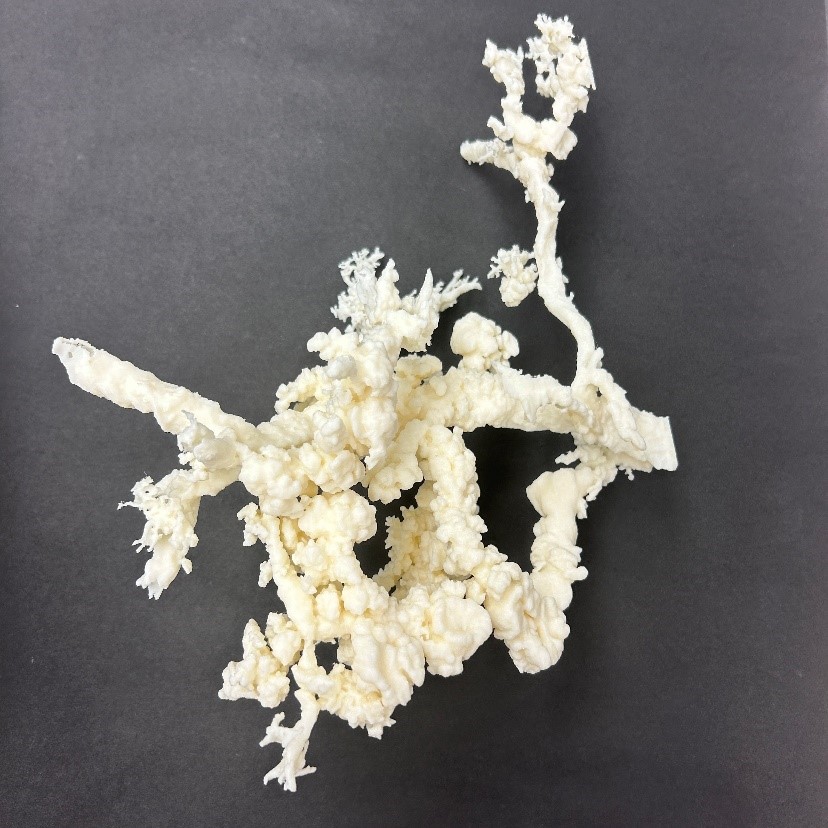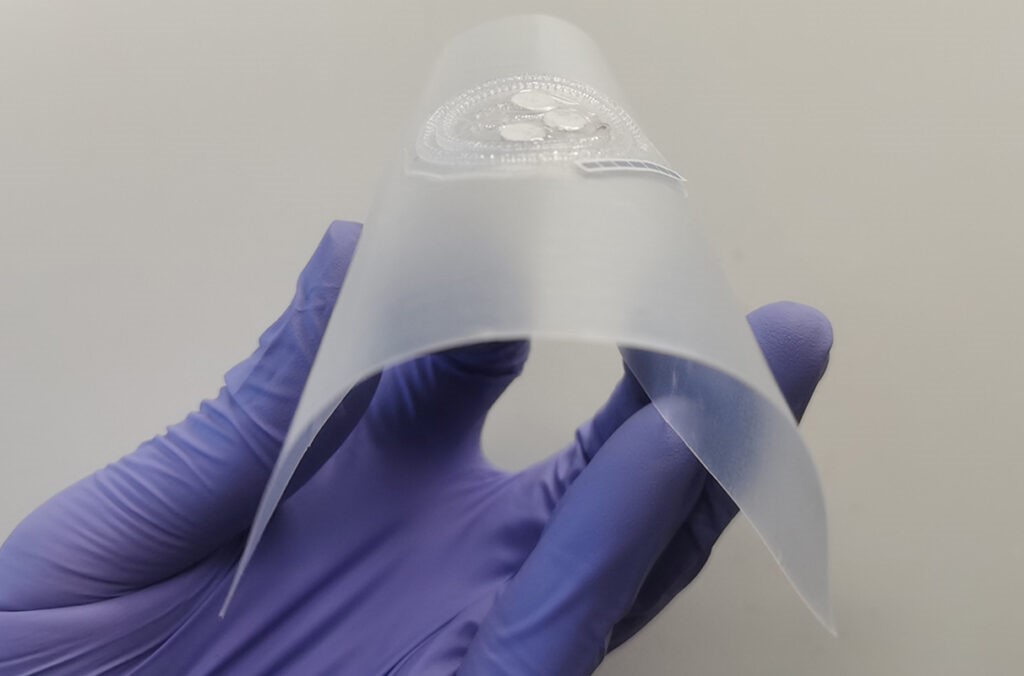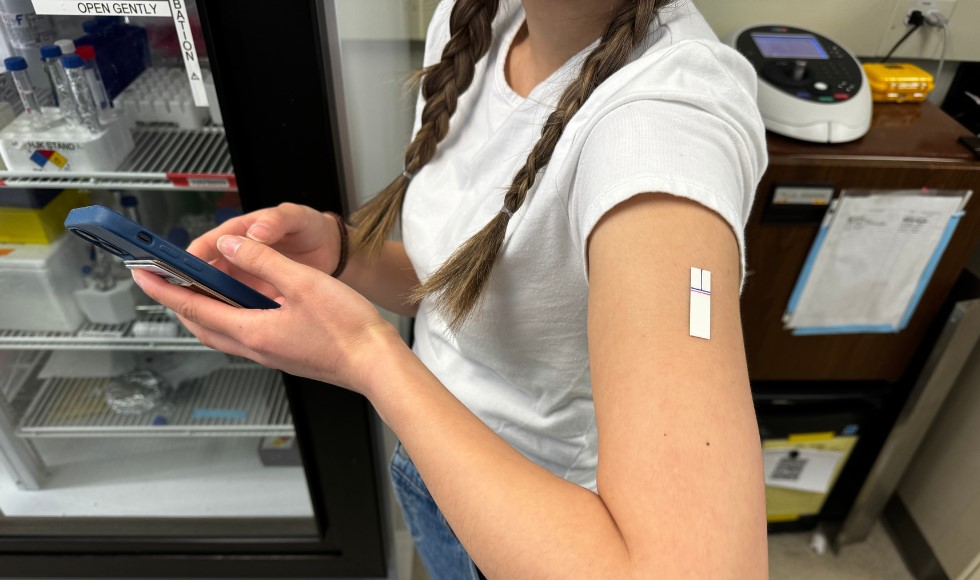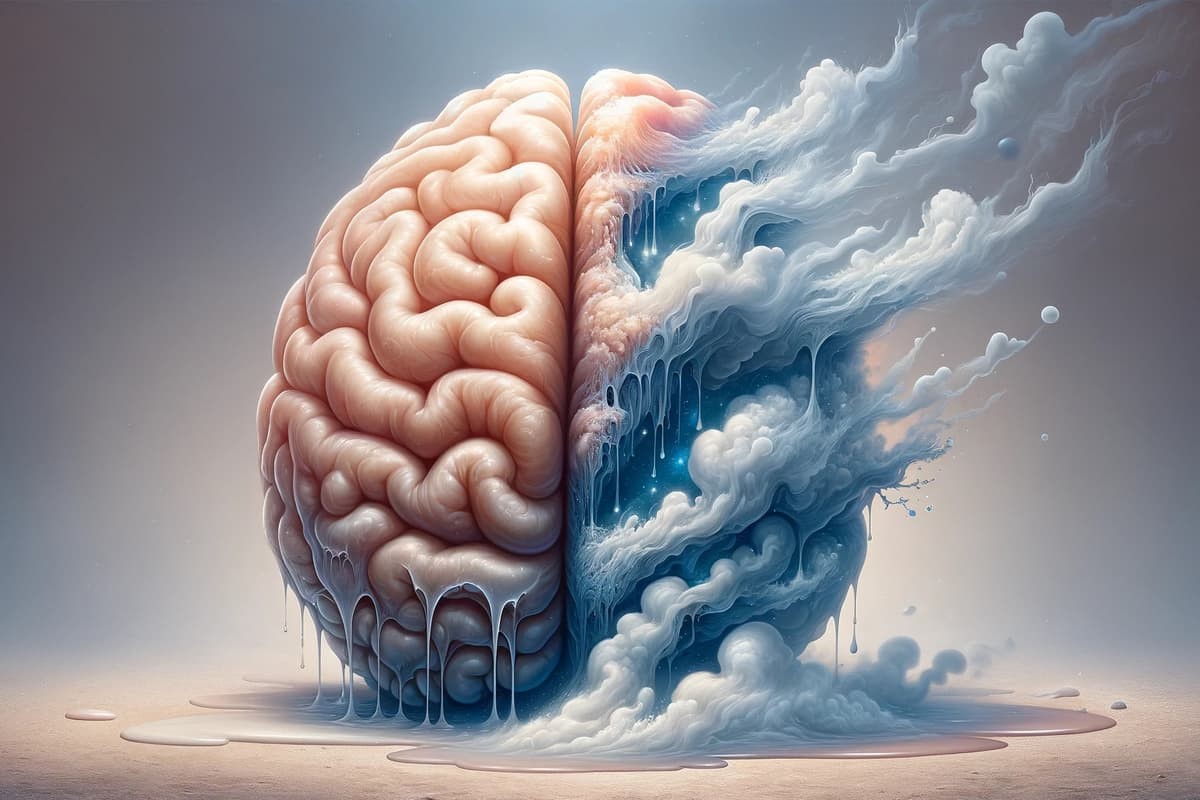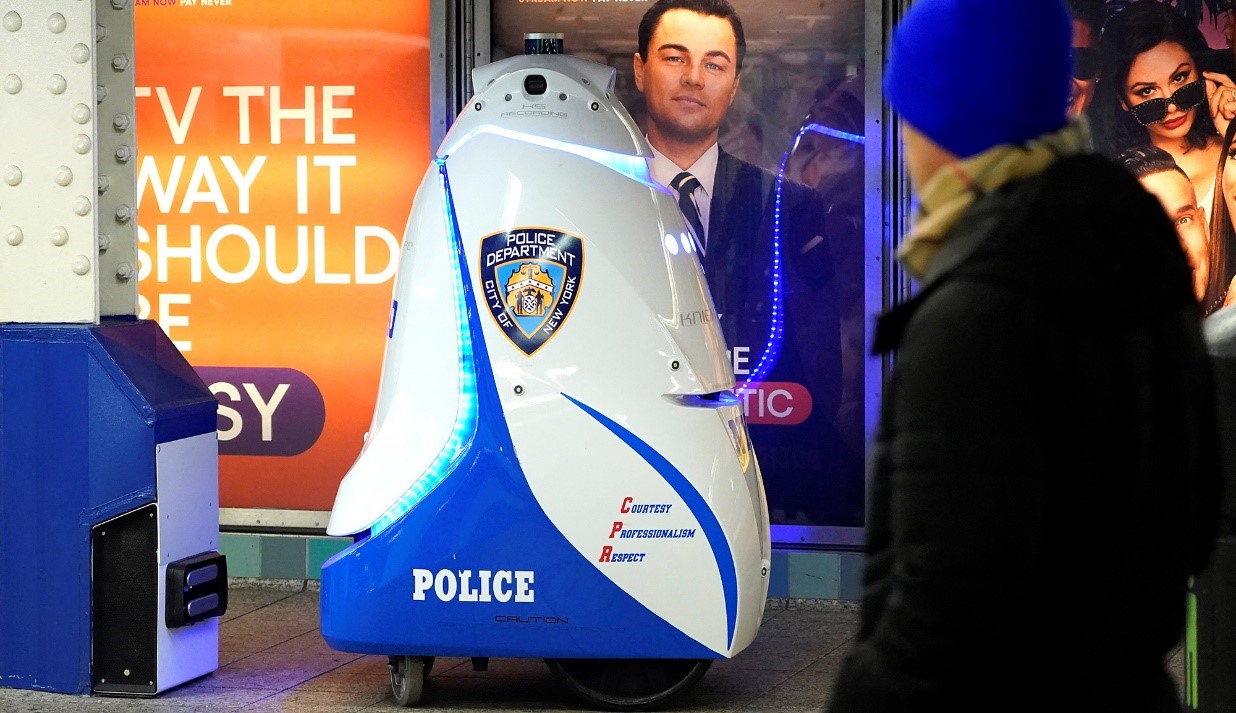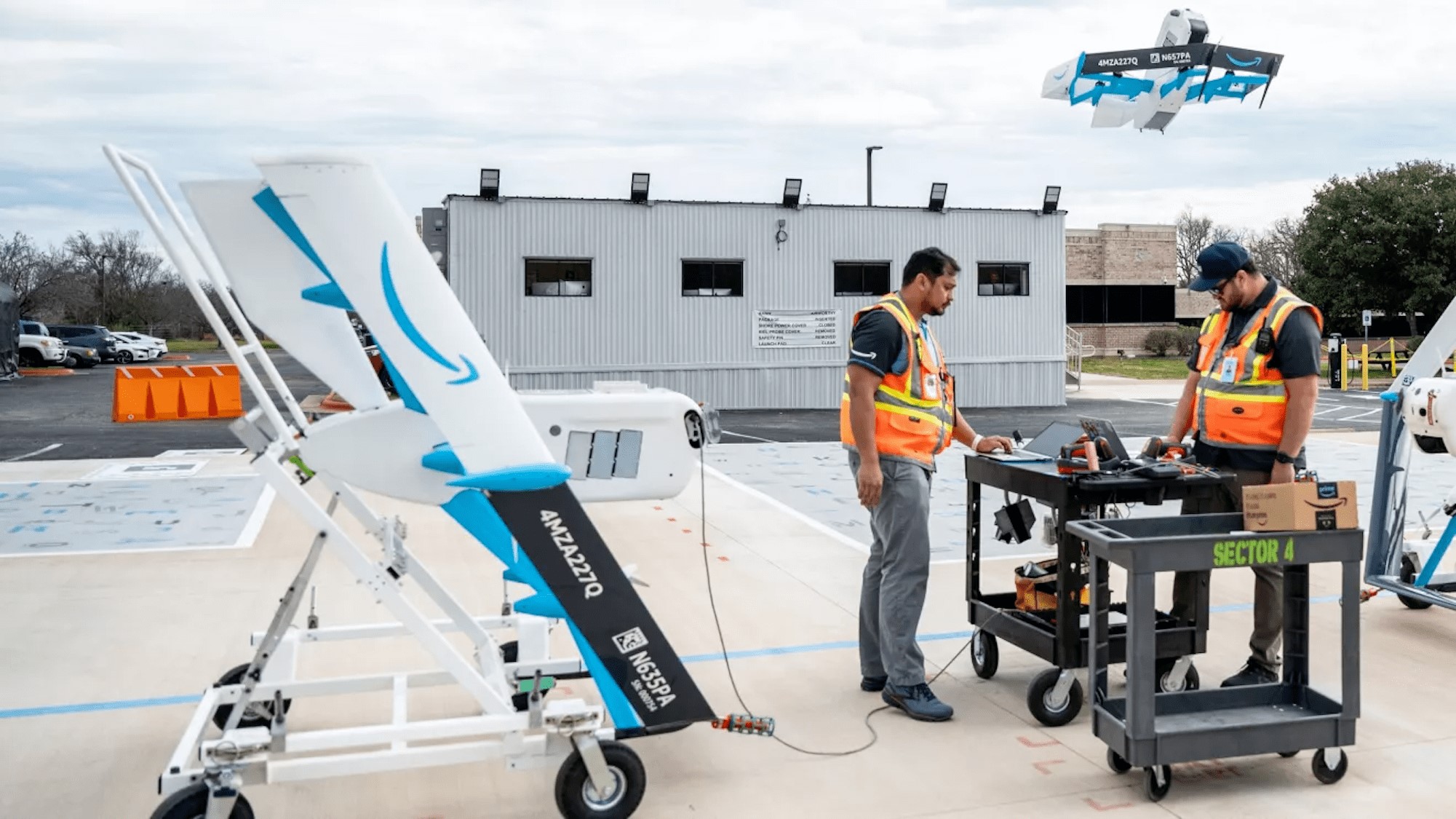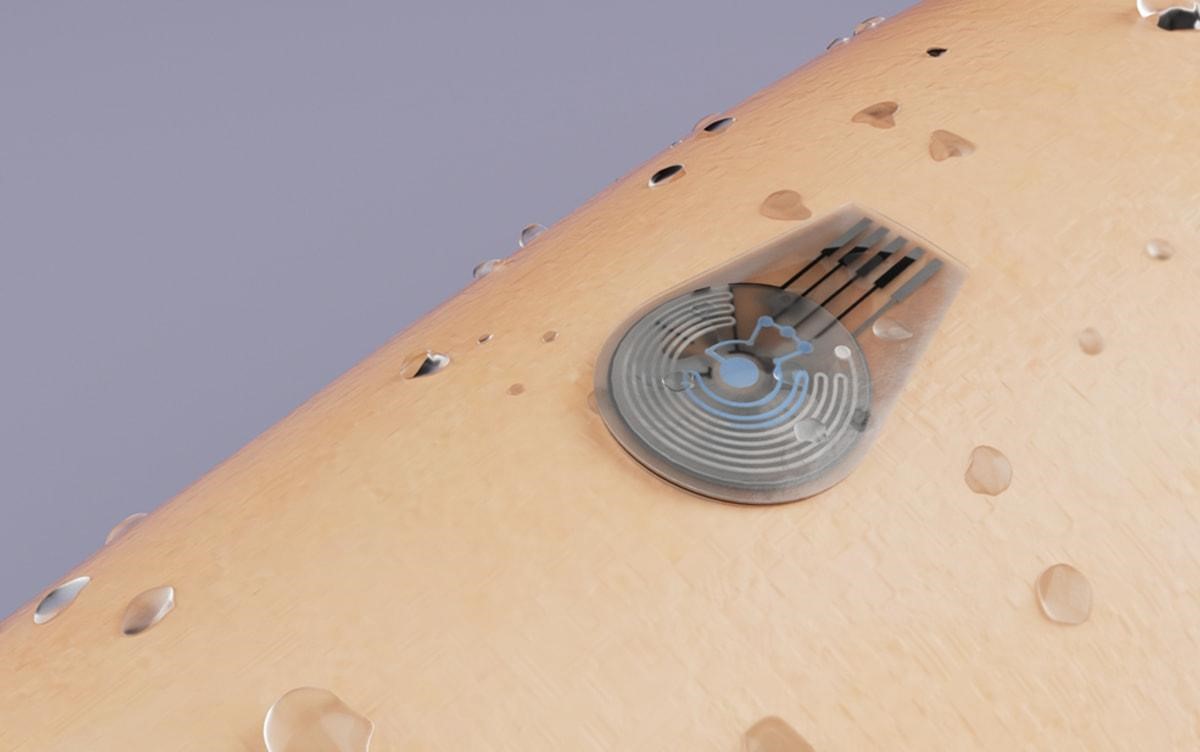Engineers Harness MRI to Detect Deep Brain Light
Researchers often employ the technique of labeling cells with glowing proteins to track tumor growth or monitor gene expression changes during cell differentiation [1]. However, applying this method to image deep brain structures has been challenging due to light scattering issues.
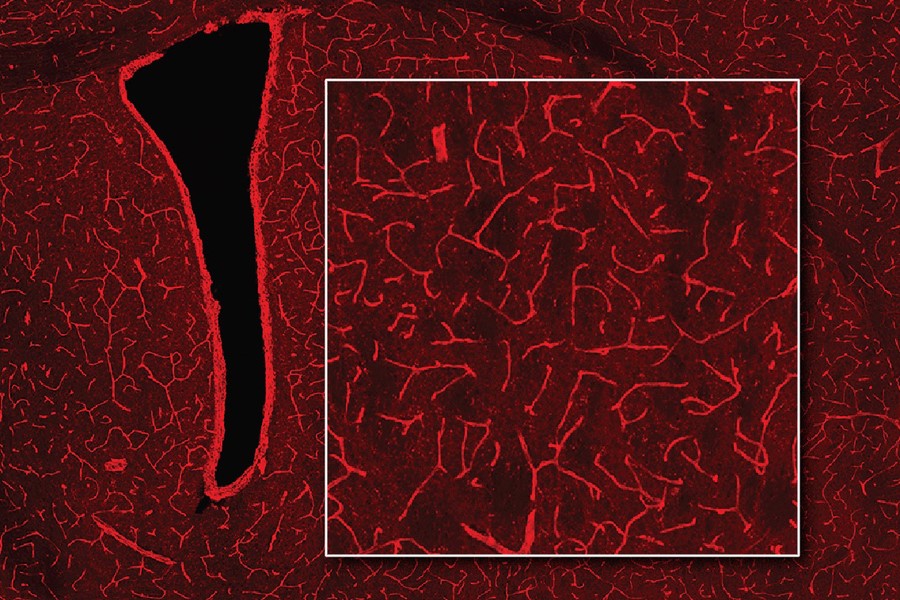
Figure 1. Bioluminescence in The Brain Using Magnetic Resonance Imaging (MRI). (Credit: Courtesy of the researchers)
Figure 1 shows the bioluminescence in the brain using magnetic resonance imaging (MRI). Engineers at MIT have devised a novel approach to detect bioluminescence in the brain. They genetically modified brain blood vessels to express a protein triggering dilation upon exposure to light [2]. This dilation can then be visualized using magnetic resonance imaging (MRI), enabling precise localization of the light source.
Alan Jasanoff, an MIT professor, explains that the goal was to overcome the limitations of optical tools in deep tissue imaging. Their method involves transforming brain blood vessels into light sensors, leveraging MRI's capability to image changes in blood flow [1].
To make blood vessels light-sensitive, the researchers introduced a bacterial protein called bPAC, which triggers vessel dilation in response to blue light. Through viral vector delivery, the bPAC gene [2] was targeted to smooth muscle cells of brain blood vessels in rats, rendering a large brain area light-sensitive.
With blood vessels primed to detect light, the researchers implanted cells engineered to express luciferase in the presence of a specific substrate. Using MRI, they successfully detected luciferase activity by observing blood vessel dilation in rats.
Further experiments demonstrated the technique's ability to detect light emitted by brain cells engineered to express luciferase. This method, termed bioluminescence imaging using hemodynamics (BLUsH), holds promise for various applications in neuroscience, such as mapping gene expression changes, anatomical connections between cells, and cellular communication.
The researchers aim to explore these applications and adapt the technique for use in other animal models like mice.
Source: Massachusetts Institute of Technology
References:
- https://interestingengineering.com/health/mri-brains-light-detection-abilities
- https://neurosciencenews.com/brain-light-neuroimaging-26083/
Cite this article:
Hana M (2024), Engineers Harness MRI to Detect Deep Brain Light, AnaTechMaz, pp. 261



